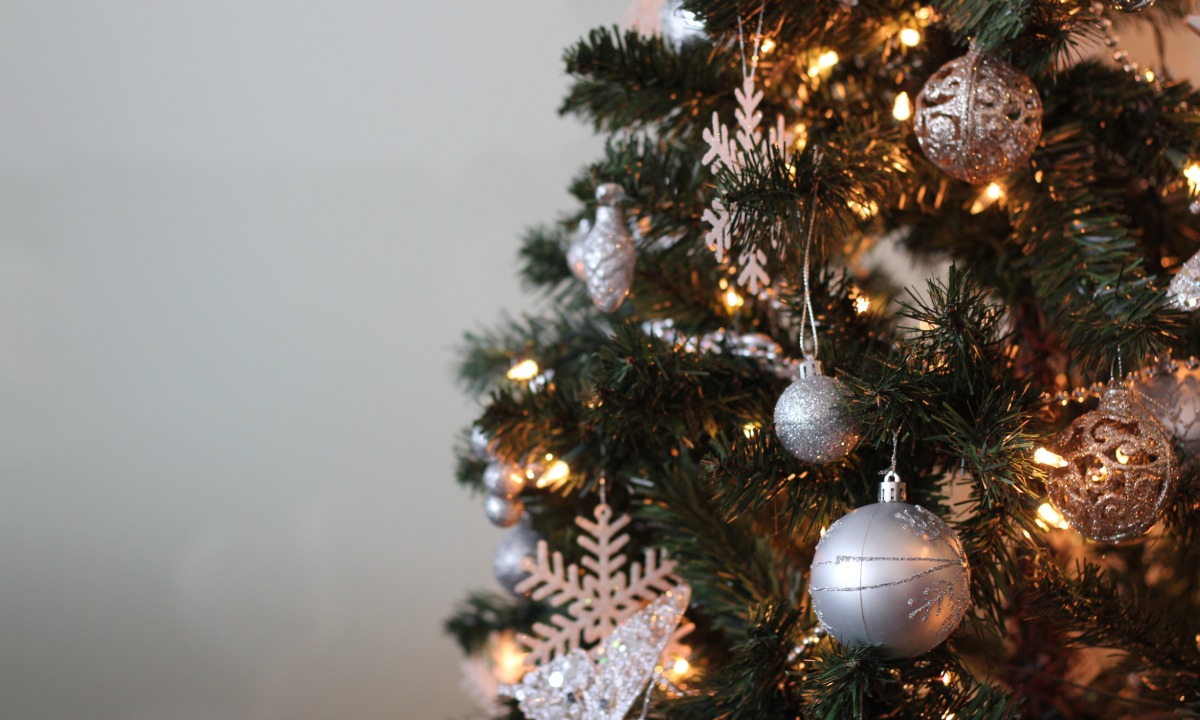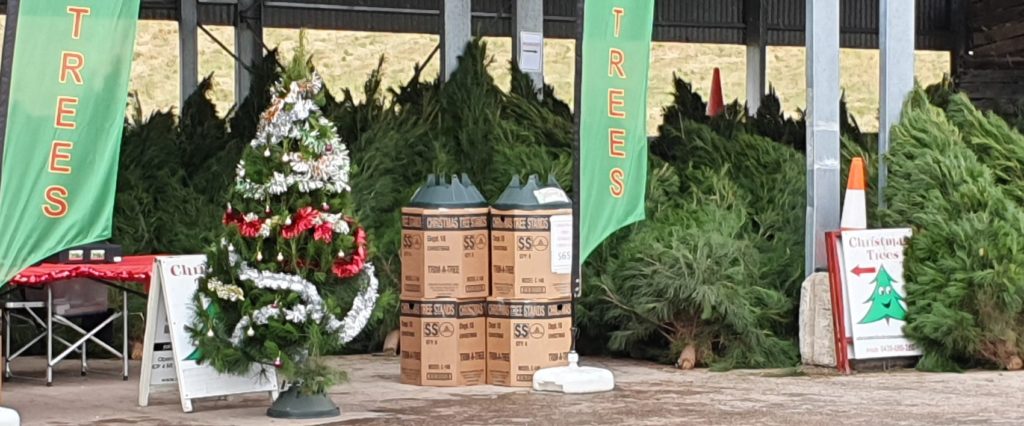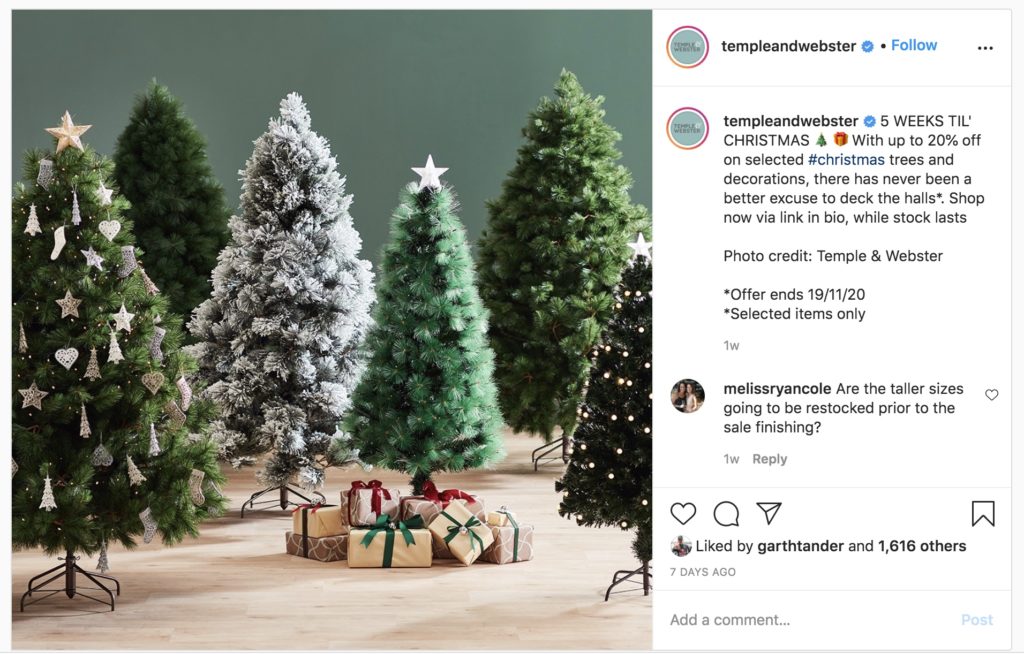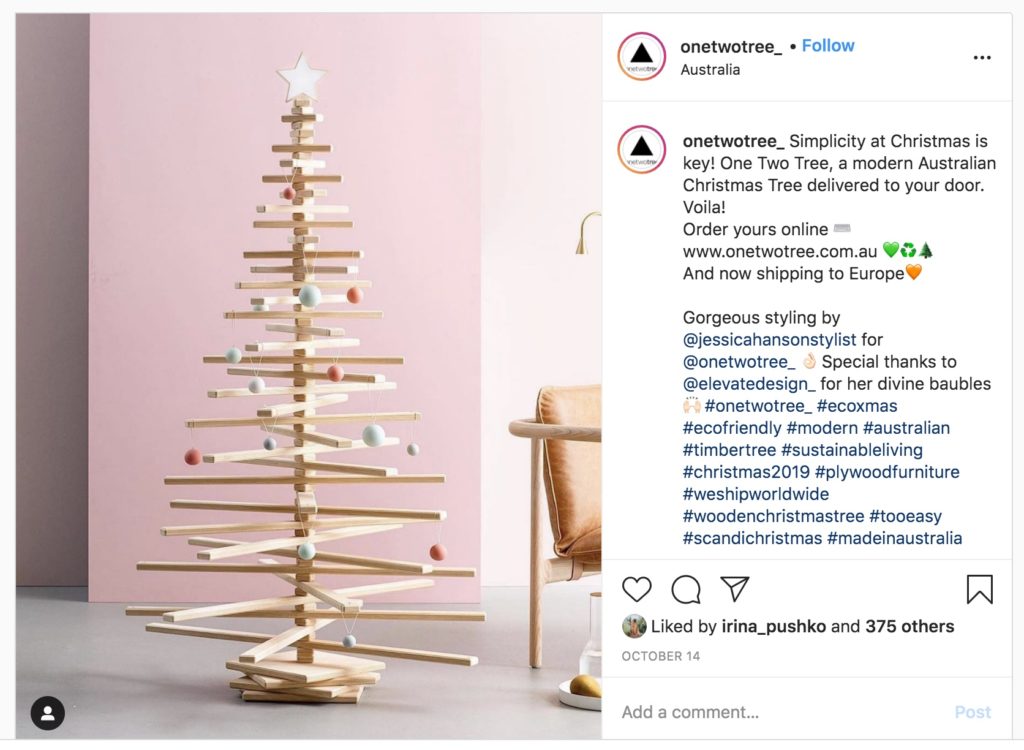The great Christmas tree debate
As the festive season approaches and people around the world get ready to deck the halls, the debate of which tree is the best to stack the presents under resurfaces again.

Whether you’re considering a real, artificial or even wooden Christmas tree, each variety poses its advantages and drawbacks – making choosing a tree no easy feat. To take the guesswork out of picking a tree, we’ve researched so all you have to worry about is selecting the baubles.
Real Trees
First to the podium is the epitome of Christmas, the real tree. Radiata Pine is Australia’s most common real Christmas tree variety and is a part of a tradition that dates back to the 16th Century. Owner of Adelaide Hills Christmas Trees, Steve Roberts, says the appeal of real greenery and the joy of choosing a Christmas Tree is what makes real trees a good option.
“[A real tree] smells beautiful and piney throughout the house and a lot of people see the real Christmas tree as a symbol of Christmas,” Steve says.
“They’ve all got totally individual characters, and people enjoy the idea of choosing a Christmas tree for themselves with their family.”

Real trees are also a renewable resource and have a smaller carbon footprint than other Christmas tree varieties when grown locally and mulched after use. If those eco-perks don’t convince you, if you buy a potted, real tree from a nursery you can always replant it once the silly season has ended – allowing the tree to do its job in nature. Sourcing your tree from a farm also stimulates the local economy, earning itself a sizable place on Santa’s nice list.
While real trees offer a share of environmental and economic benefits, some Christmas enthusiasts are left feeling like the Grinch as real trees present some problems. As having a real tree means a piece of the outdoors is now indoors, they can often create a mess of pine needles, bring critters into the home, aggravate allergies and even earn some unwanted attention from your pet. Although you can’t prevent allergies and pet attention, Steve says that a tree will be mostly mess-free if it’s cut fresh, trimmed and kept well.
“They’re just like keeping flowers in a vase of water, you have to have a good tree stand with a really good water well in it and you have to put in fresh water,” Steve says.
“A real tree will remain fresh if you don’t leave the lights on 24 hours a day, don’t leave them in the sunlight and don’t smother them with scented spray.”
Artificial Trees
Next, we have the most common alternative to a real tree, the artificial tree. While they generally mimic the look of a real Christmas tree, artificial trees are also easily adaptable. Owner of Adelaide’s Christmas Heirloom Company, Angela Buccella, highlights the ease of decorating an artificial tree.
“Decorating a real tree is often really hard because the branches can be a bit sloppy,” Angela says.
“Whereas the artificial trees, you can manipulate them and attach [decorations] much easier.”
Unlike real Christmas trees, the artificial equivalent also comes in a variety of colours and sizes which you can tailor to suit any space. Although an artificial tree usually costs more than a real tree initially, Angela says artificial trees make a better investment as the plastic-pronged trees can last for years on end and cause less mess.
“You get a lot more use out of an artificial tree, and you don’t get that mess because the tree doesn’t shed or perish,” Angela says.

Despite the convenience of an artificial tree, like anything made of plastic, they can cause harm to the environment – much like the coal received by naughty kids. Artificial trees are damaging to the environment not only during the manufacturing process but, how they attribute to landfill when you choose to upgrade your tree. Some plastic trees are also made with PVC and lead which can cause health issues. While some argue a plastic tree is eco-friendly because of its reusability, one study found that a household would need to use a fake tree for more than 20 years to be more sustainable than a real one.
Wooden Trees
As a newcomer onto the tree scene, wooden Christmas trees are swapping the traditional pine look with plywood cut-outs and spines. While these trees take a more minimalist approach to the festive season, you can tailor your wooden tree to any space depending on your current décor. This eco-friendlier alternative to a common artificial tree can have you place a star atop it without any eco-guilt for years to come. The wooden tree also proves to be ideal for pet owners who fear their furriest family members will chew the greenery provided by both real and fake trees.

Although the discussion around the modern tree alternative seems positive, the wooden tree has proven to be the most divisive tree on the market. This bad boy challenges the status-quo for Christmas trees everywhere with a Target rendition of the variation becoming the cause of intense online debates, earning the label of an “eyesore” for its lack of Christmas spirit.



